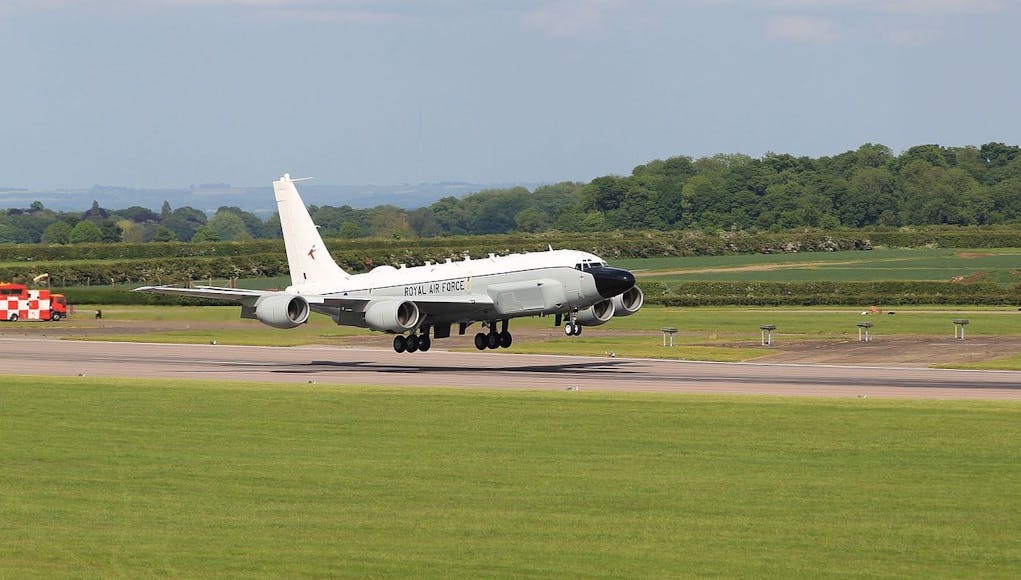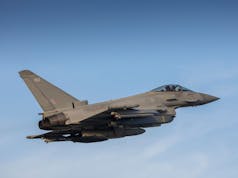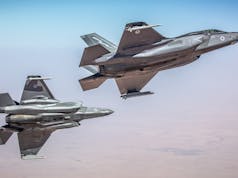The third and final RC-135 Rivet Joint surveillance aircraft touched down in the UK yesterday, marking the final delivery of Project Airseeker.
Acquisition of the three aircraft was budgeted at £634m. The aircraft form No. 51 Squadron, based at RAF Waddington along with the RAF’s other ISTAR assets. They are expected to remain in service until 2045.
“SAME51” ZZ666 [Rivet Joint/Air Seeker] £210,000,000 delivery to RAF Waddington today I believe. (Give or take) pic.twitter.com/LcxGWmpMFp
— RAF Waddington Info (@EGXWinfo) June 7, 2017
The Royal Air Force describe the platform as follows:
“The RC-135W Rivet Joint is equipped with a variety of sensors, allowing its multi-disciplined crew to intercept and exploit emissions across the electromagnetic spectrum, providing both strategic and tactical level intelligence.”
The roots of the deal lie in Project Helix, launched in 2003, the aim was to study options for extending the service life of the Nimrod R1’s out into the next two decades. It wasn’t until 2008 that Rivet Joint was seriously considered. Helix became Project Airseeker, under which three KC-135 aircraft were converted to RC-135W standard.
The first RC-135W was delivered ahead of schedule to the RAF in November 2013 and the type has been used extensively to support British and allied operations in the Middle East and around the world.
The RC-135 signals intelligence aircraft is fitted with an on-board sensor suite that allows the aircraft to detect, identify and geolocate signals throughout the electromagnetic spectrum. The information can then be distributed in a variety of formats to a wide range of platforms through Rivet Joint’s extensive communications suite. More information can be found here.
British crews achieved more than 32,000 flying hours and 1,800 sorties as part of the USAF’s 55th Reconnaissance Wing, in preparation for the RAF operating the type.













